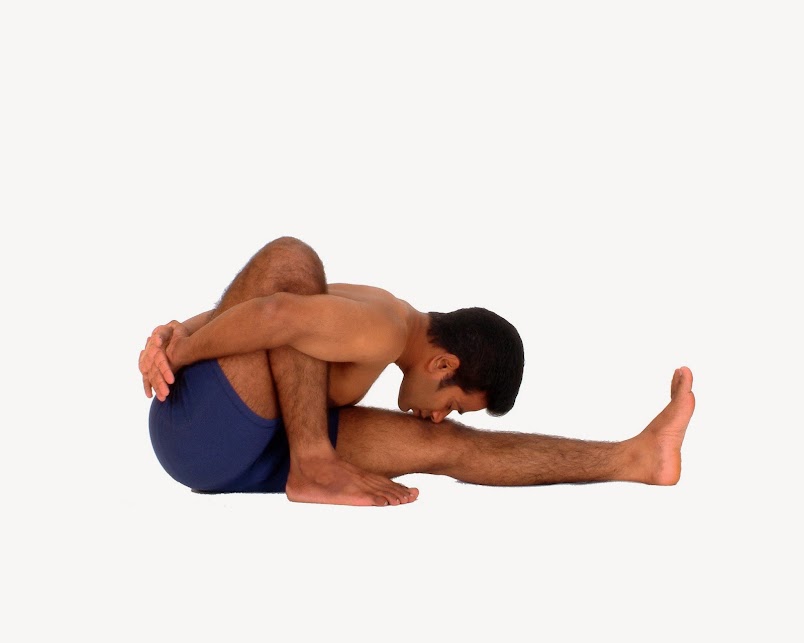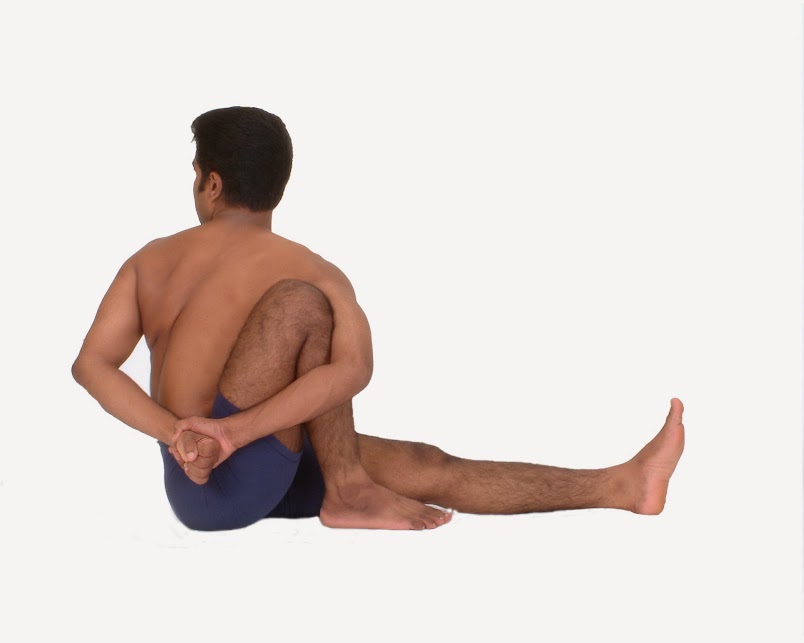March 2022 Newsletter from Srivatsa Ramaswami==Marichi
103 views
Skip to first unread message
Srivatsa Ramaswami
Feb 28, 2022, 7:08:45 AM2/28/22
to Vinyasa Krama Yoga Announcements
March 2022 Newsletter from Srivatsa Ramaswami==Marichi
Atmayogashala in Chennai is hosting an on line, two-day four-hour "Yoga Stories" program on March 19 and 20, 2022. C. Here is the link.
From March 24,2022 Loyola Marymount University will be hosting a 8 day 20hr program on "Brahma Sutras Ch I for Yoga Students". . A caveat. The university stipulates a minimum viable number of registrations. Here is the link to register
Marichi
Marichi is one of the 12 (dvadasa) mantras or names of Surya. This appears in the Surynamaskara mantras in Yajurveda. Marchi also means destroyer of diseases and Sun is said to be the god of health or arogya. Arogyam bhaskarat icchet
Marichi is also the name of a sage from ancient times. Marichi is said to be the manasika or mind child of Brahma the creator. Marichi is considered one of the seven sages or rishi. Some identify him in sapta rishi mandala in the night sky. Marichi is also found in the normal morning prayer also known as pratassmaranam--my father used to chant these mantras in bed early morning before stepping out of the bed. Here is th sloka containing the name of Marici in the morning prayer
Bhrugur vasishta kraturangirasca
Manuf puslaya pulahsta goutamah
raibhyo marIcis chyavana atha daksho
kurvantu sarve mama suprabhatam
Here is an audio clip (<3mts) of this complete morning prayer (pratasmaranam). This was recorded in 1982, just 40 years back
Marichi was considered a great rishi. Lord Krishna in the Gits considers Marichi as the greatest of all marut group of devatas. Being the manasika son of Brahma Himself, Marichi's son Kashyapa was also a great rishi and many reference to him can be found in the vedas. Descendents of Kashyapa belonging to the highly respected Kashyapa gotra can be found in Inida . Kashyapa's son was Manu another great figure of ancient India, whose Manu smriti, formed the basis of governance in the olden days but has become quite controversial in modern times. Marichi is said to be a master meditator and is credited with teaching young dhruva to successfully meditate on the Lord
Marichi's wife was an outstanding woman who followed dharma faithfully and was known as Dharmavrata. Dharmavrata was one of the many consorts of the sage. Once she was cursed by a sage to become a stone for no fault of hers, even as she was following dharma in a difficult situation, dharmasankata. Made immobile she with her powers of meditation prayed to Lord Vishnu for removing the curse. But the Lord said that she should follow the laws of karma and remain in that state for a length of time, but she would continue to be revered as Devashila (divine stone or icon), which would be considered sacred. Everyone started seeing divinity in the stone idol and not as a piece of rock. Perhaps it was the precursor of image or icon worship in different communities.
Even as great vedic sages like Vasishta, Viswamitra, Bharadwaja, Marichi and others are associated with vedic mantras, philosophies and rituals, I have not come across any reference to these rishis associated with yogasanas, However Sri Krishnamacharya included several asanas named after these and more rishis in his yogamakaranda book and also taught them in vinyasakrama to his students, I do not know where the reference to the rishi asanas can be found. But there is a saying implying that one should not probe the antecedents or source of rishis (rishi mula) or of rivers (nadimulam). And I did not want to explore the origin or source of rishi asanas. I am fine if the source of these asanas is Sri Krishnmacharya himself. I am not exploring
Marici asana is well known among modern hatayogis. Marichyasana with suffix like A B and so on are well known. Sri Krishnamacharya taught a number different variations and movements as vinyasas in his breath oriented vinyaskrama system of yogasana practice. Ir is a seated asymmetric asana highly beneficial to pelvic organs. Basically it is an asana wherein one keeps one leg bent with the foot planted on the ground and the heel close to the sitbone. The position of the other leg is varied like stretched out as in dandasana, or in half lotus as in ardha padmasana or bent back as in triyangmukha. Then using the appropriate breathing, movements are done like forward bending, turning or twisting ( sometime in tandem with ardha matsyendrasana) and also backbending. Some yogis stay in these different asana stithi and practice the bandhas after a long extended reacaka. The three bandhas, especially mula and uddiyana bandha help to access and work on the internal organs and tissues in the pevic and abdominal regions. The jalandharabandha by making the spine stretch enhances the effect of the bandhas in marichyasana.





To know more on Marichyasana following Vinyasakrama please refer to my book "Complete Book of Vinyasa Yoga"
In India
https://www.amazon.com/Complete-Book-Vinyasa-Yoga-Presentation-Based/dp/1569244022/ref=sr_1_2?crid=2EIJ2O13ZN5D0&keywords=srivatsa+ramaswami&qid=1645967296&sprefix=srivatsa+ramaswami%2Caps%2C582&sr=8-2March 1, 2022 is Mahasivaratri. Here are a few Siva chants--Rudram chamakam, Sivakavacham, Vedasara siva sahasranama
Reply all
Reply to author
Forward
0 new messages
